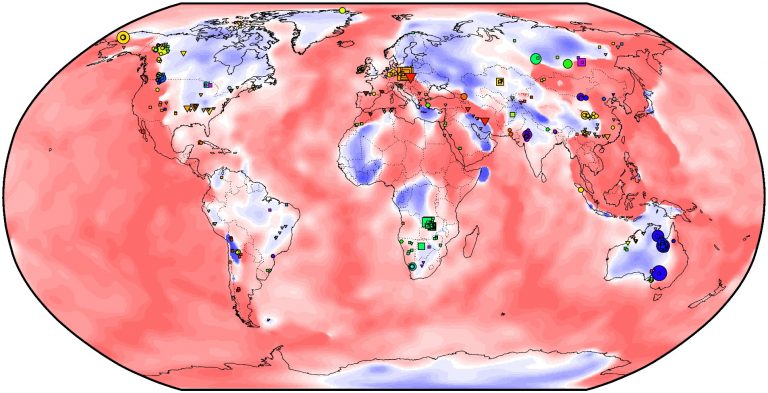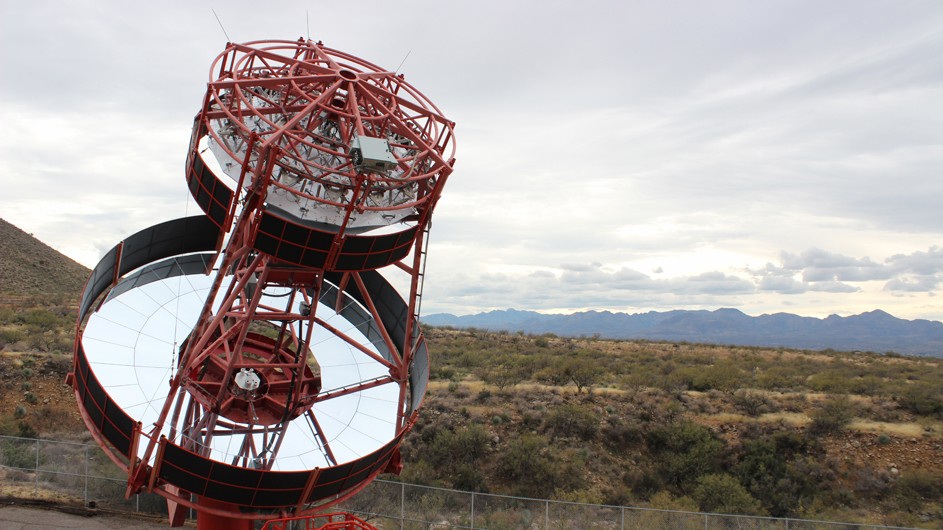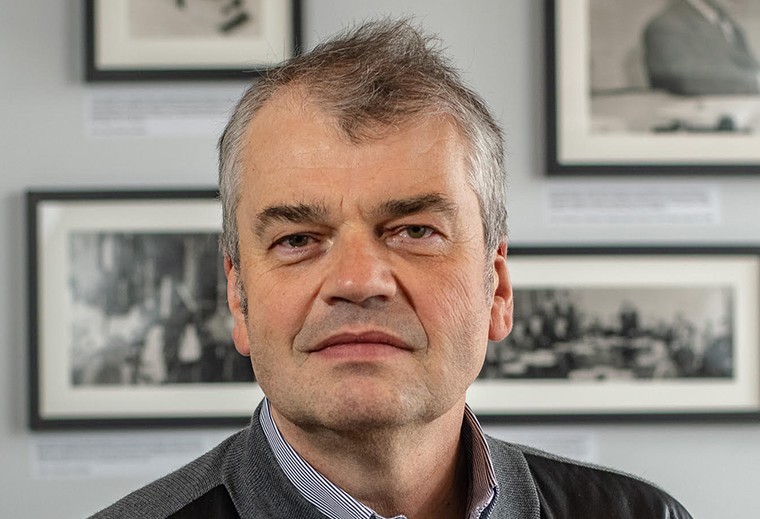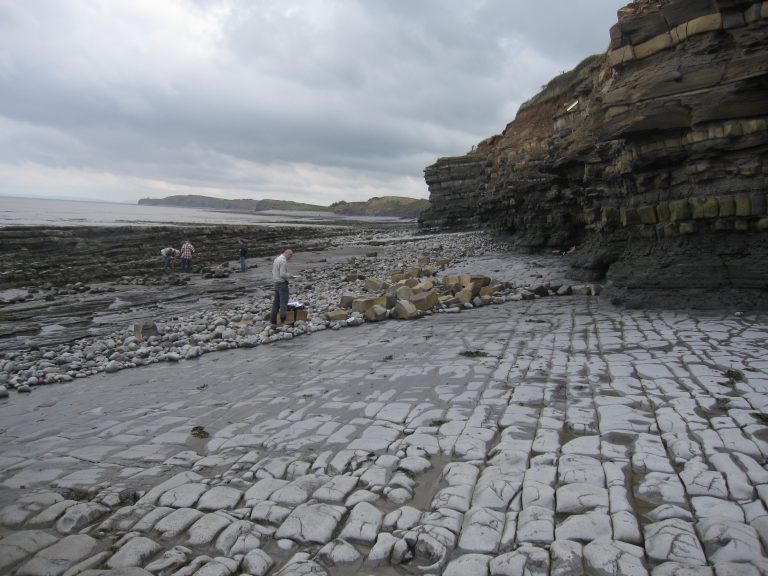June 30, 2020
Geologists Identify Deep-Earth Structures That May Signal Hidden Metal Lodes
A new study shows that giant ore deposits are tightly distributed above where rigid rocks that comprise the nuclei of ancient continents begin to thin, far below the surface.
June 17, 2020
Four Columbia Professors Named Finalists for Blavatnik Award for Young Scientists
The awards recognize the accomplishments and future promise of the most talented faculty-rank early-career scientists and engineers at America's top academic and research institutions.
June 1, 2020
Scientists Detect Crab Nebula Using Innovative Gamma-Ray Telescope
The first-of-its-kind telescope promises to shed new light on the physics of high-energy phenomena, from supernovae to dark matter.
May 28, 2020
Quantum Materials Researcher Receives $1.6 Million From the Gordon and Betty Moore Foundation
Dmitri Basov will use the award to develop experimental techniques that could lead to revolutionary applications in electronics, computing energy technology, and medical devices.
May 22, 2020
The 12 Questions Earth Scientists Should Ask in the Next 10 Years
A committee comprised of scientists from 19 research institutions has outlined what the U.S. National Science Foundation should focus on over the next decade.





